INTERVIEW CONTINUED FROM PREVIOUS PAGE
How do you loosely divide duties at Creative Space?
Michael Smith: I help a lot on the marketing side of things, helping work closely with the creative owners to link their vision to what their space needs are, linking the companies we work with, with the community. We’re also doing things like innovating the ways companies like ours present themselves. Like our signage. We feel like real estate in general has so much potential, and the way traditional companies have marketed buildings for sale, or owners have marketed buildings for lease, is pretty boring. At least for our audience, and frankly for the community. Even a sign should add value to the neighborhood. We have a program behind our signs and work on different messaging. That’s an area I focus on.
Tyler Stonebreaker: To add to that point about the sign, every building is different. No two buildings are exactly alike. Some can be similar, and the marketing of that is a commodity. It’s a systemization and commodification of real estate. We’re going into a world, and we felt that real estate had to adapt to that, providing that bridge and connectivity to a new world, and signage is the first – especially in a retail, restaurant lifestyle setting – it’s really the only interaction you have with real estate, from a transaction standpoint. You go up the street, and you call and they don’t call you back – like Handsome, 150 times according to Tyler Wells – so we’re changing that.
What are some projects that you’re working on? I know about Counter Culture and Stumptown. At what stages are those projects at?
Tyler Stonebreaker: Stumptown, the lease is done and they’re in the approval process. Counter Culture is in detailed search, up in San Francisco. We’ve identified several locations. We do a lot of art. We’re behind a gallerist out of New York, called Gavin Dunne Enterprises. We’ve leased a building on the other side of the [L.A.] River that formerly housed Liberace’s pianos. It’s now a 20,000 square foot exhibition and gallery space for Laura Owens, who’s one of the up and coming artists in L.A…That’s expanding to take over a big chunk of the other side of the river, with a lot of art, that’s coming in. We’re working with several foundations. Crossing art, food and lifestyle, and workplace, all of those ingredients together is what this neighborhood needs.
What was your connection with coffee before working with Handsome?
Tyler Stonebreaker: Other than just a casual consumer, nothing.
What about now?
Tyler Stonebreaker: Now I’m a ritual consumer of coffee. I really appreciate good coffee and am fortunate that I get to drink a lot of it. We’re also working with Coffee Bean & Tea Leaf, helping them rethink some of their retail strategy toward their brand and presence here in Los Angeles, in different settings, which is sort of an extension out of artisanal, back toward Second Wave coffee. There’s connectivity. What’s great about the marketplace today is there are a lot of options and the freedom to choose, and there are a lot of businesses out there that are coming up with great ideas, and the marketplace is accepting and responding to that, which is creating a really rich environment.
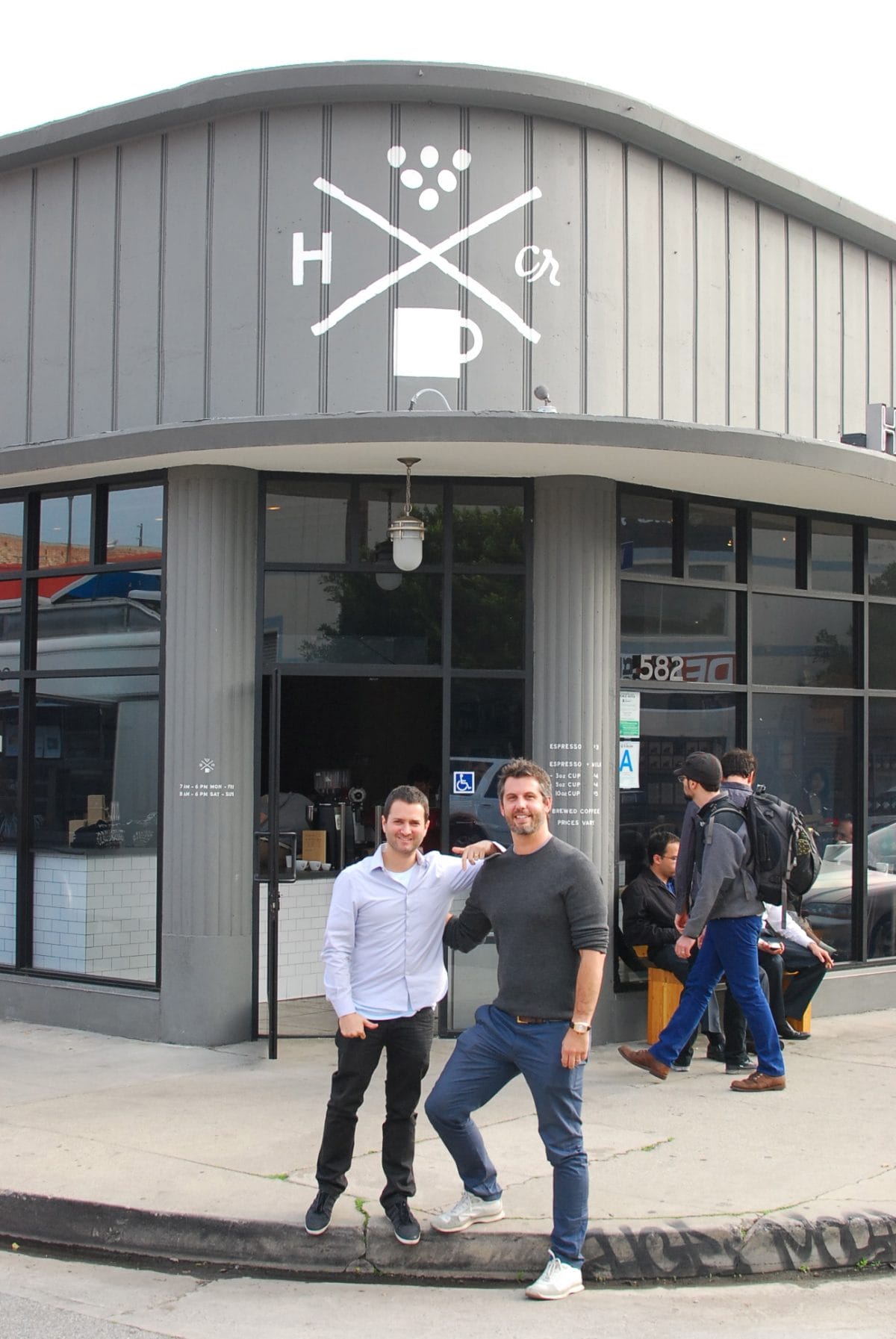
What’s a typical coffee consumption day for you?
Tyler Stonebreaker: I start out here with a 10-ounce. Depending on meetings, two to three additional cups, and I usually do one or two iced 10-ounces.
You’re working with Zinc Cafe & Market at 580 Mateo?
Tyler Stonebreaker: Yeah. We work sort of through the lens of neighborhood. There’s this combination of global connectivity and awareness with hyper-local focus. We provide, essentially, an unfair advantage to businesses we feel are appropriate and right for the neighborhood. That’s usually guided by outside perspective. It’s either people in the creative world, we bring them in. They’re friends of ours. They make the best gelato or the best tacos, like Guisados? We listen. We’re hyper focused and aware of what the community wants. As opposed to what we think is right, we listen. It’s a free market, so you can’t please everybody all the time, but you can at least provide a framework for different stakeholders to have a voice. At least we think – it’s a hypothesis – that it provides an opportunity for a better pathway of behavioral evolution. Gentrification is sort of the negative connotation, but the idea of a neighborhood in transition and a better pathway than was the historic approach to guiding a neighborhood, so we’re living the experiment right now, of that hypothesis. We think, thus far, if you look at the mix of businesses that have been coming in the last few years, going forward, it’s a really interesting neighborhood. A lot of the normal growing pains of transition, there’s some of it. A neighborhood like this might not appreciate a national chain coming in. There are corporate businesses here, but the idea of retail and something like that going right next door, is that the right thing or not? We’re not the ones answering that. The neighborhood itself is. Thus far, those companies haven’t been interested in coming in. National supermarket chains have looked at this neighborhood, and even other parts of downtown. Thus far they haven’t understood it. I think for the most part, people are okay with that.
What’s possible with the Arts District, and at what stage is the evolution?
Tyler Stonebreaker: From our perspective, it’s taken decades. My step-father was here in the ’60s, working. This was the warehouse district, not the safest place to be. Up until the ’80s, when some of the early property owners at the time – Howard Klein owns Factory Place around the corner – he was the first to convert portions of Factory Place to artist lofts. In the early ‘80s, there was some conversion of these warehouse spaces to artist lofts. That sort of set the stage, and it took a couple decades for that to catch up and people moving back from the suburbs to urban environments. The Millennial generation searching for a higher purpose. There’s a confluence of trends that made neighborhoods like this – or the Mission in San Francisco, or parts of Brooklyn, the Lower East Side and Meatpacking in New York – made these neighborhoods the neighborhoods to be in. We’re in a shift, not just a trend, toward this type of thinking. It’s early, from the standpoint that we look at trend curves. The idea that innovators to early adopters, to mainstream, to laggards. We’re still in the early adopter moving to mainstream, but it’s still early. When my parents visit from Newport Beach, they’re fascinated by the experience and just the energy this neighborhood has. You see that and Urth Caffe would be the best example, where people are coming for miles and are fascinated by this industrial town, and that there’s a spark of life. When you see that, this is just the beginning. We hope that this pathway continues.
What are your next projects? You’re working on Zinc with the owner out of Laguna Beach and…
Tyler Stonebreaker: We’re bringing some very progressive, interesting businesses in. You don’t want to have too much restaurant without people in here, so it’s sort of that balancing act. I’m working with Garrett Leight, a sunglass manufacturer who has a store on Abbot Kinney. So we’re doing his corporate headquarters. KeepCup, out of Melbourne, they make reusable espresso cup. It’s their only product, an eco-friendly product. This is their U.S. headquarters, here in the Arts District. We are working with several high-profile brands and companies. We’re working with a rock climbing gym out of San Francisco called Touchstone. Their regional headquarters is right by Heath Ceramics. They’ve been looking to expand to L.A. for some time, and with our partner in San Francisco. We’ve entered a partnership here where we will help them expand their brand throughout Los Angeles. It’s sort of alternative fitness. There are two different types of rock climbing. One is bouldering, which is non-rope, usually 15 feet high walls. And that’s exploding. We’re going to be bringing a bouldering gym into this neighborhood. Then we’re working on a rope wall, which are usually 35 feet and higher. We’re working on a location along the L.A. River, in the Atwater area, which will be pretty dramatic. The idea is to expand from there. We picked the Arts District as the first neighborhood, feeling like this is the center of where people are most embracing this alternative way of how to live life, alternative being a positive. It’s just opening a door to more interesting, exciting experiences.
So variety is the model going forward?
I think so, and to us, it’s what neighborhoods need, is diversity. We just couldn’t understand how we could have a real meaningful impact on a neighborhood if we didn’t connect those different elements properly. The only way to do that effectively, in our minds, was to understand each of those components, inside out, and to be able to thoughtfully place these different businesses and create the right pathways and make sure that the community understood what was happening and was supportive of it. Inclusivity is central to our business. If we couldn’t balance out what we were doing, I don’t think we’d be as effective as we are. That variety, it’s not just because we’re scatterbrained, cause we feel like that’s the only way to be successful with our vision and in terms of the organization of it.
Who are the other people that work for you? What roles do they play?
I always believe that just like the work we did needed to be diverse, the communities we worked in needed to be diverse, that needed to be reflected inside out, the same philosophy and methodology. So our team is interdisciplinary. We have an architect, a contractor, designer, a lot of music backgrounds on our team. The idea of sonic identity and sound as an influence on space is really important. Michael, whose my business partner, also has a successful music programming business called The Playlist Generation. They program music for retail and restaurant hospitality spaces around the world. We have a guy on staff who was head of A&R for Artemis Records in New York. He sort of decided to get into real estate. His family had properties in Boyle Heights in the ‘30s. He approaches real estate through the lens of music and A&R and thinking about how these ingredients can be placed to create really special impact. He experiences space. There’s a psychology of space, an emotional layer of space that we inject into our process. One of the other things we do is, we have a very strong core team. We also have a finance and investment person.

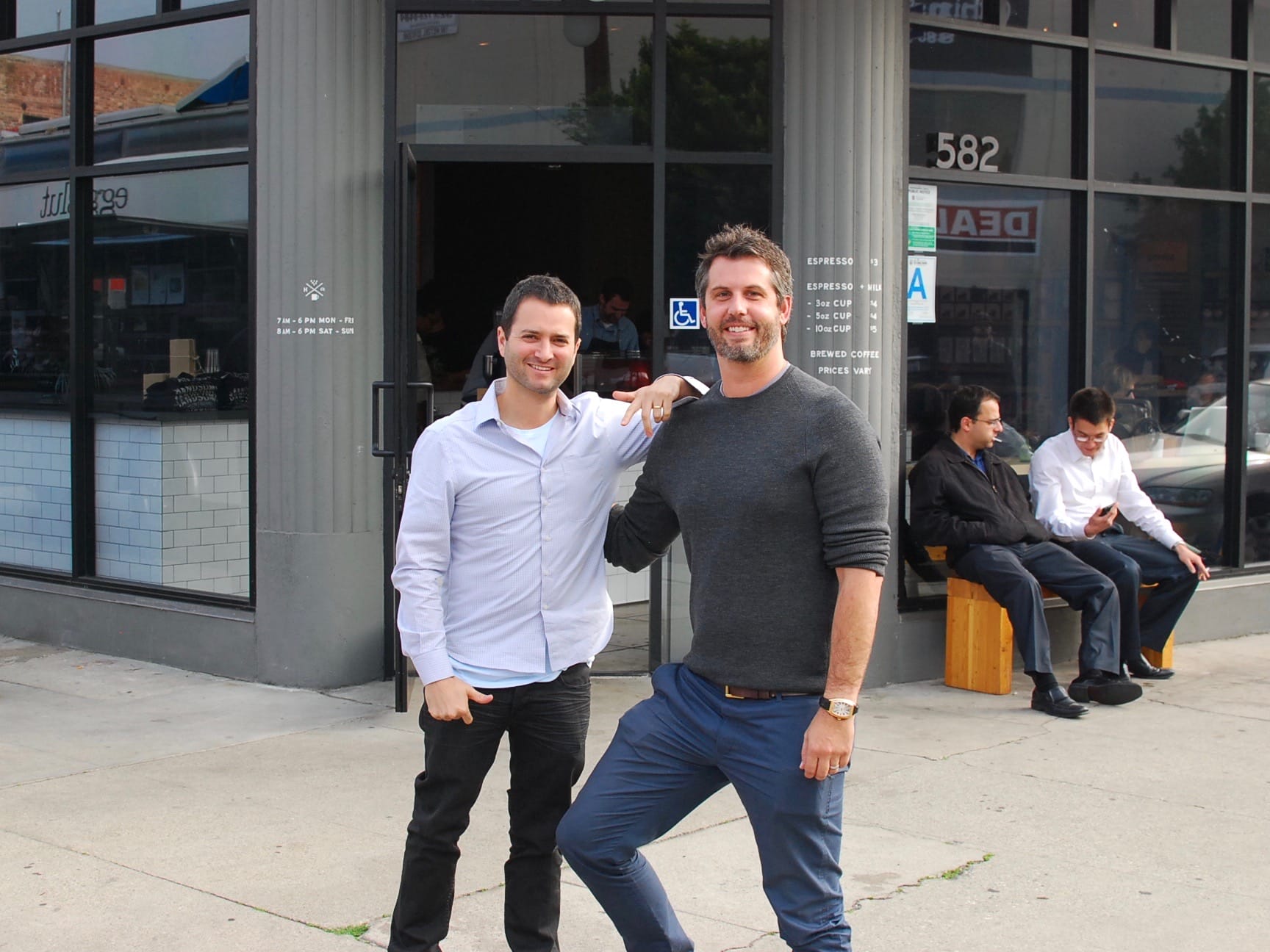
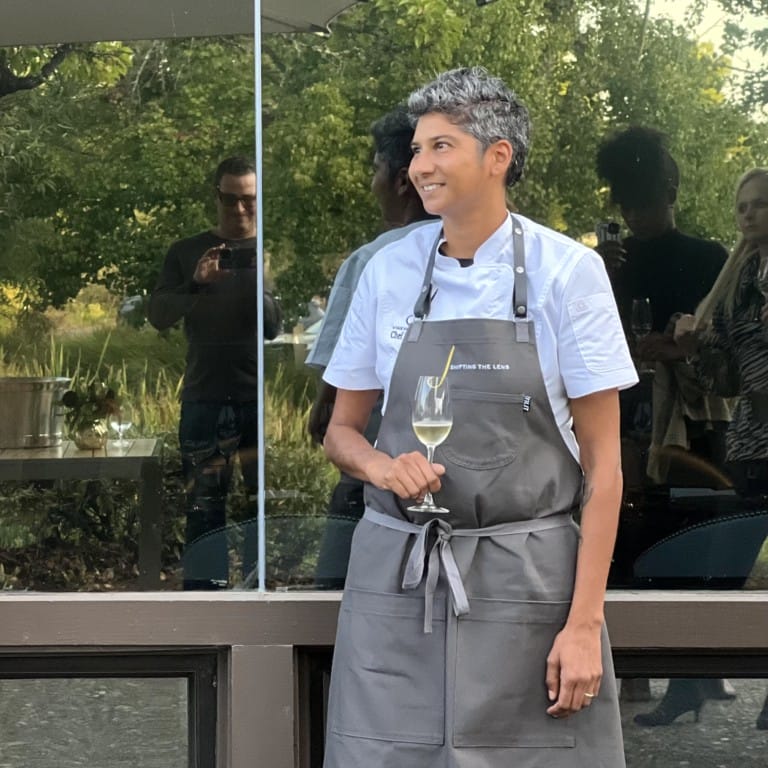
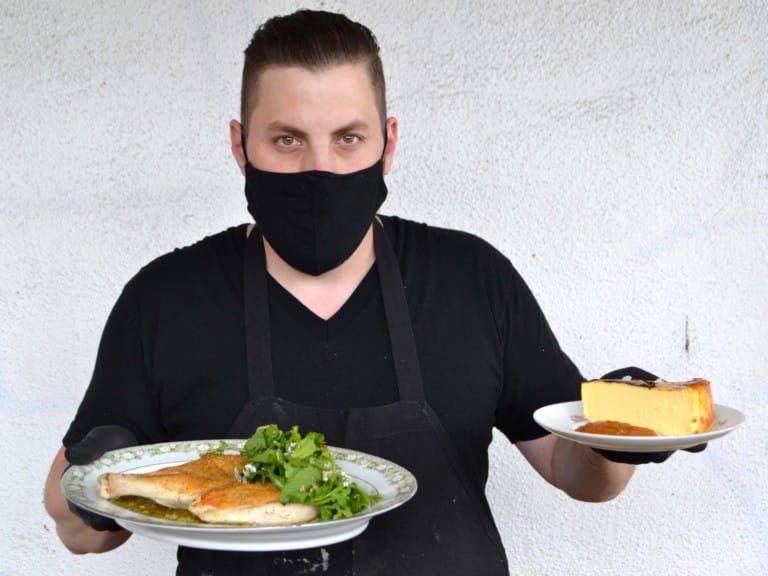
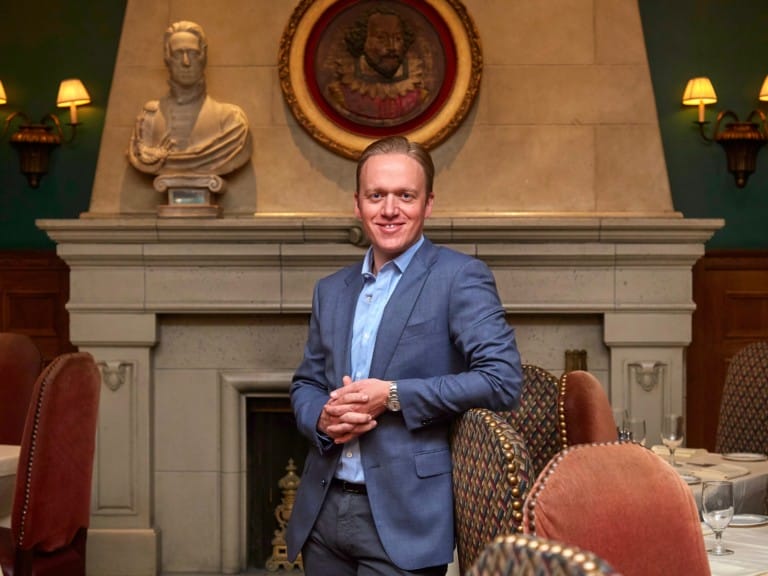




Leave a Comment